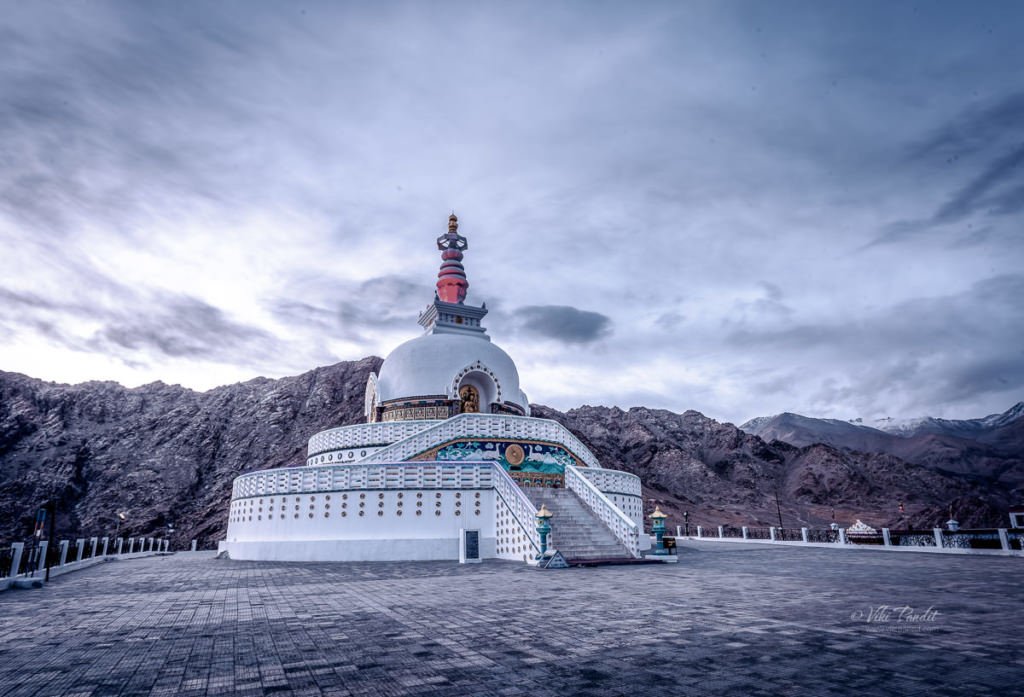We hiked to the Shanti Stupa, one of the iconic structures in Leh. Located at a height of almost 12000 ft – overlooking the city, it was commissioned in 1991 by Japanese Buddhist, Gyomyo Nakamura with the aim to promote world peace. The stupa is always surrounded by enthusiastic tourists and its next to impossible to take a photo without one.
Journals
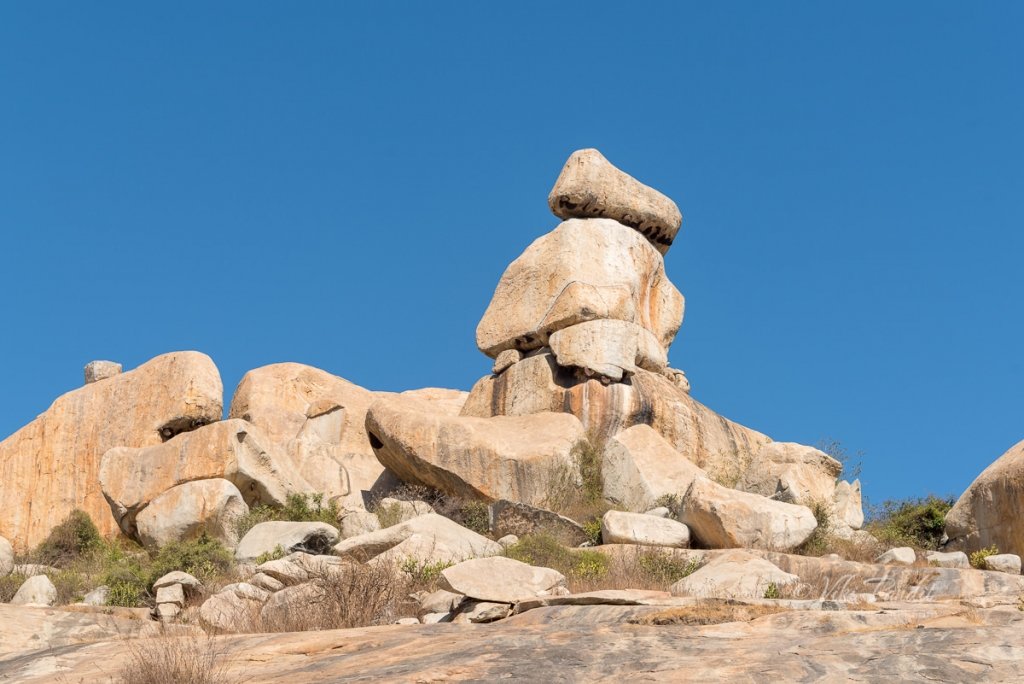
Hike to Avani Betta
The vivid blue skies of Bangalore pushed me out of the cozy sanctity of my home towards this little known hillock in Avani. Just about 80 km away from the bustling city of Bangalore this site finds its name in the legendary tale of Ramayana. Yes, this hill, hidden far away from away from the casual tourists is said to be the location of the ancient ashram of sage Valmiki, who sheltered Sita during her exile, where she gave birth to Luv & Kush.
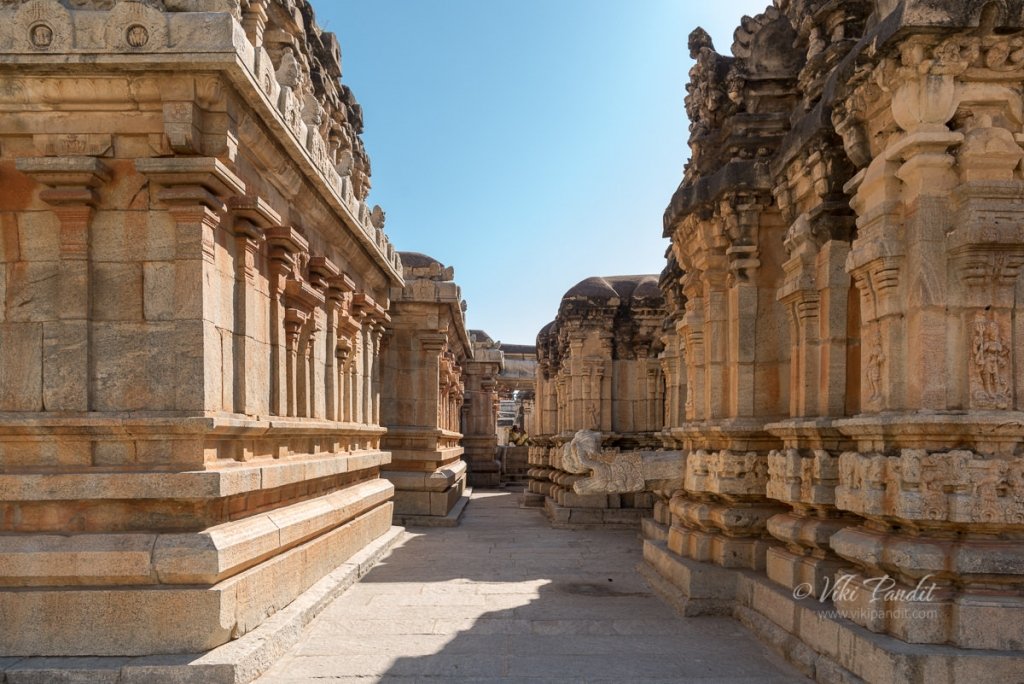
Exploring the Ramalingeswara Temple
Today we go to explore a Shiva temple raised to cleanse the sins of Rama and his brothers. The Avani village forms an intricate part of the story of Ramayana, as the birthplace of Luv & Kush. The shivalings at the Ramalingeshwara Temple here is said to be established by the Ayodhya princes themselves to absolve them of their sins of waging war against the twin adolescents.
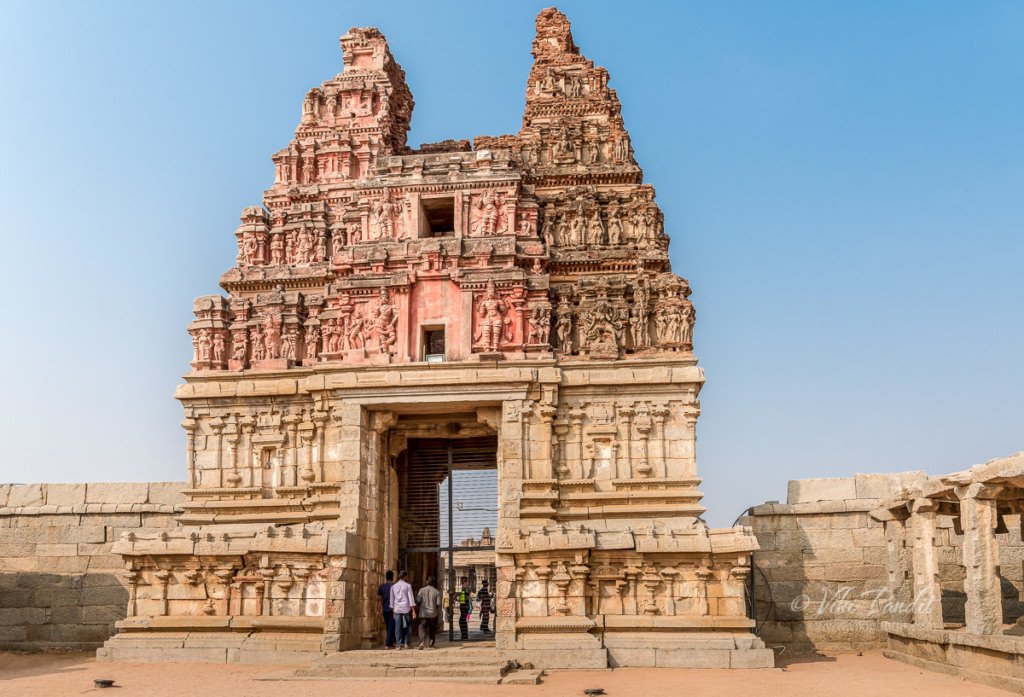
Heritage walk to Vittala Temple
Today I go on a heritage walk to the majestic Vittala Temple, dedicated to Vitthala, the South India name of Vishnu. Built around the 15th Century CE, and expanded several times by succeeding kings of the Vijaynagar empire with the most extravagant architecture and exceptional craftsmanship, the temple is the main attraction of Hampi.
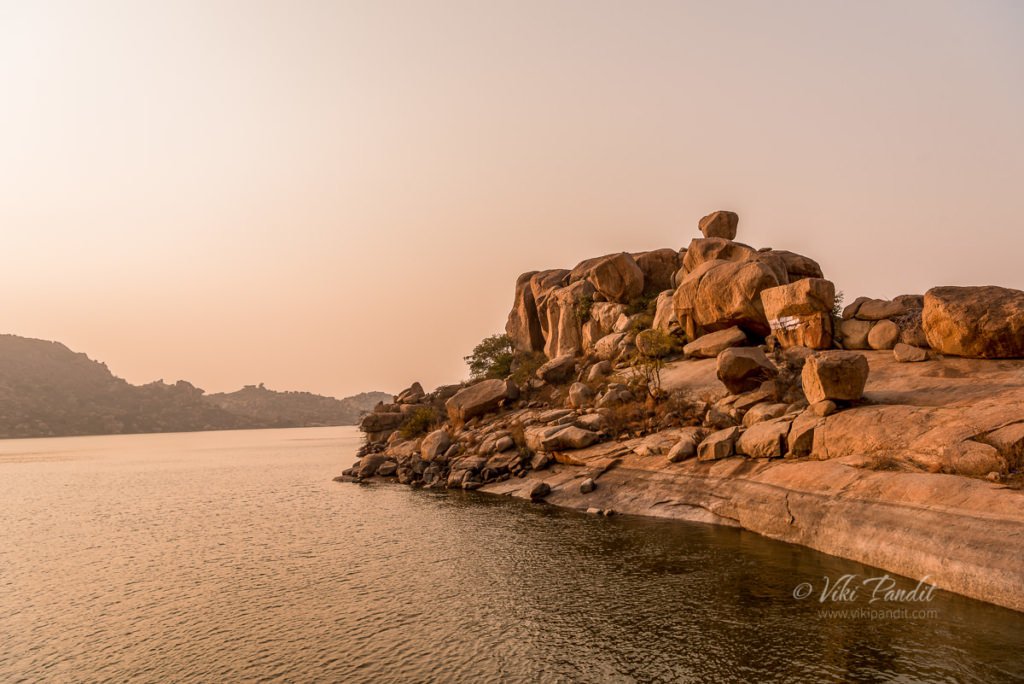
The Monkey Kingdom of Kishkindha
Today I went to explore the quiet town of Anegundi. As per the legend of Ramayana, the city used to be known as Kishkindha where Bali and Sugreeva, the monkey kings used to rule. The monkeys though have been driven away by the growing number of foreign tourists and it is just the mystifying boulders that remain to tell us the story of what was once a strange but interesting kingdom.

Mahabalipuram Lighthouse
Before we head back to Bangalore, we decided to stop at the Mahabalipuram’s old lighthouse. India’s oldest lighthouse, built around 640 AD by Pallava king Mahendra Pallava stands next to the newer and modern lighthouse. The credit for this visual treat goes to the department of lighthouses and light ships which felicitated the re-opening of the lighthouse for the public, ending a decade-long ban over fears of terrorist threats.
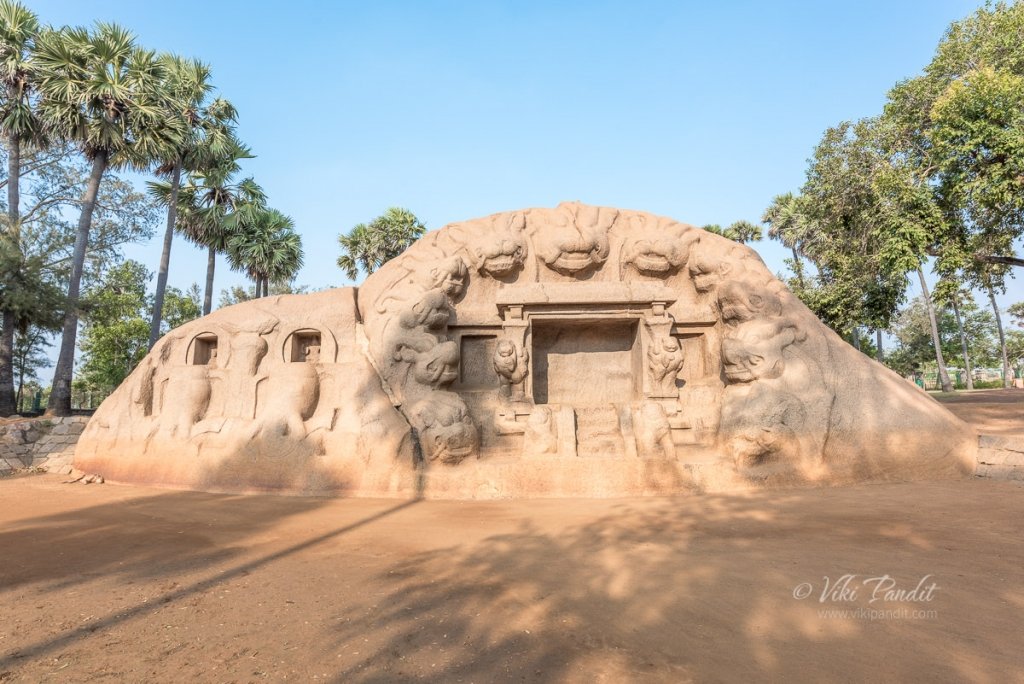
Tiger Cave
The Tiger Cave is not really a cave and tigers do not live here either. It is a rock-cut Hindu temple complex with carvings of tiger heads around the structure, located in the hamlet of Saluvankuppam near Mahabalipuram. These rock-cut structures with tiger-head like shapes are believed to have been constructed in 7th century by Pallavas.
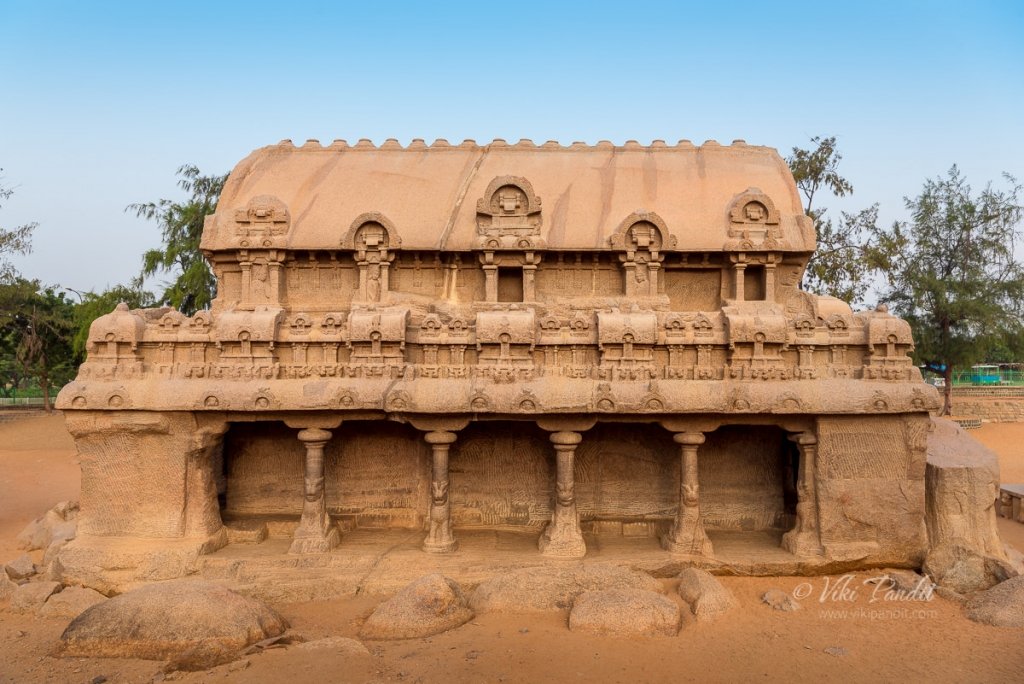
The monolithic Pancha Rathas
One of the most crowded places in Mahabalipuram, the Five Rathas or Panch Rathas are five monolithic temple structures built by the Pallavas in early 7th century AD. The buildings displaying exquisite carvings are named individually after Draupadi and the five Pandava brothers.
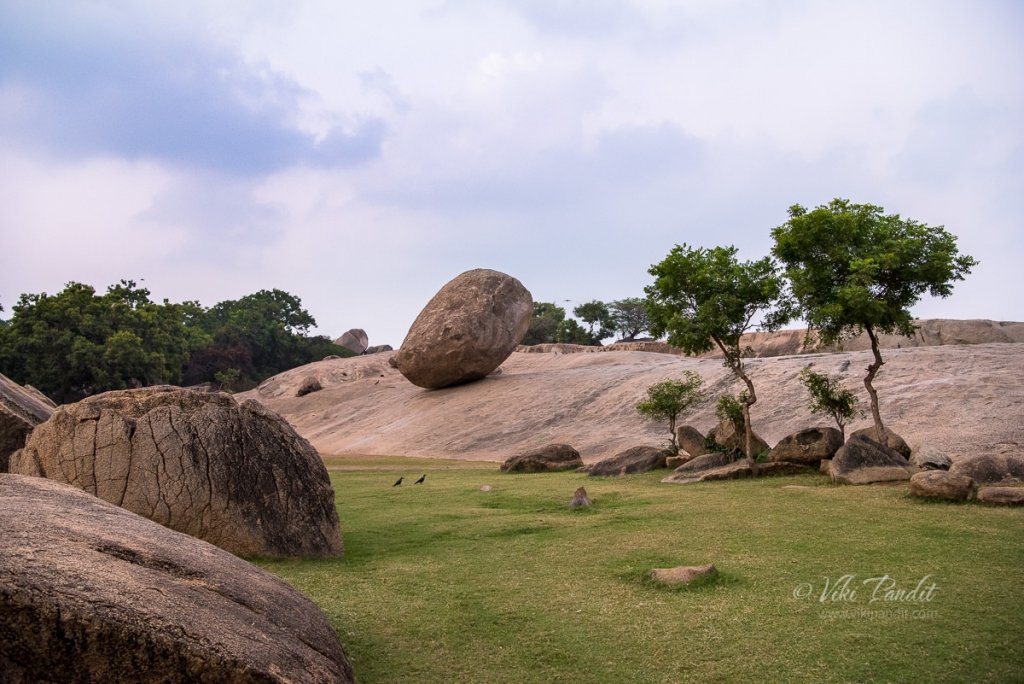
The curious case of Krishna’s Butterball
I woke up at dawn to explore one of the most mysterious ancient artifacts found in South India. Krishna’s Butterball is a gigantic granite boulder resting on an extremely small and slippery area of a hill in the historical town of Mahabalipuram. This precariously balanced 250 tonne boulder is believed to be a bolus of butter, the young Krishna would steal. The rock continues to defy gravity and has been sitting on this 45-degree slope since mankind started keeping records.
